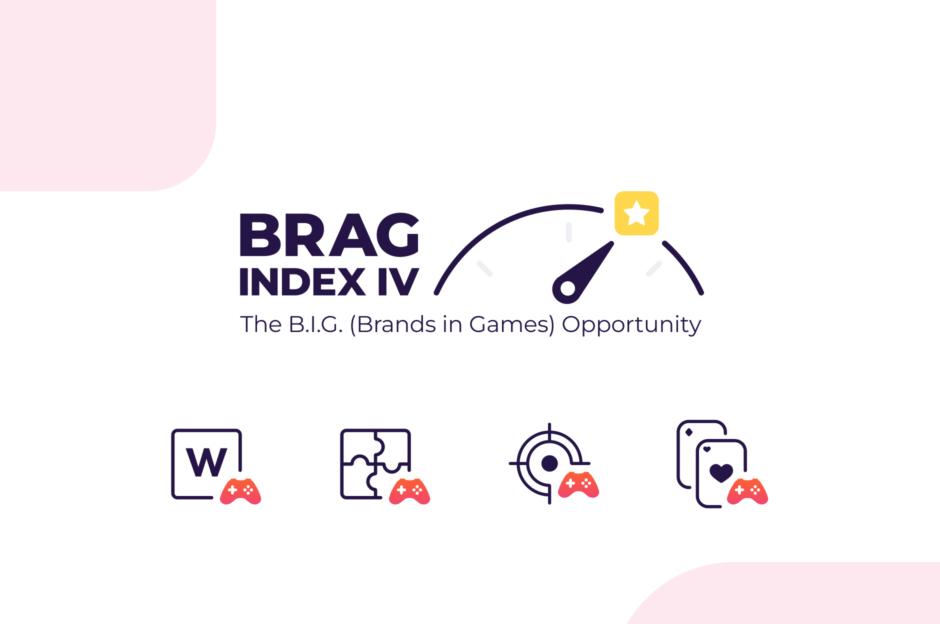The Rising Cost of Smartphones Creates a Burgeoning Second-Hand Market

For most consumers, a $1,000+ smartphone is very much a considered purchase and if prices continue to rise, it won’t be too long before purchasing a new, premium device requires the same consideration as a family vacation or (dare I say it) a small family car.
Note: The way smartphones are being sold now actually mirrors many aspects of the automotive industry, with dealers encouraging consumers to trade-in their old devices, buy insurance and what about all those accessories.
Despite this, rising prices don’t seem to have put consumers off. Samsung’s premium Galaxy Note 8 sold like hot cakes when it was first released in October last year, breaking sales records in virtually every territory and placing Apple’s comparative iPhone X almost completely in the shade.
A Justified Spend
Of course, consumers can justify spending more on their smartphones because they replace so many other items. A $1,000 smartphone actually seems quite reasonable when you consider it is capable of doing the job of a high end camera, entertainment system, laptop computer and, let’s not forget, the good old telephone.
And it’s not just premium devices that are pushing prices up. The cost of a mid-range smartphone is also climbing, with analysts predicting a 6 percent rise in costs in the year ahead. As high specification features filter down, it seems we’re all willing to pay a premium for premium features.
Note: It’s an interesting fact, that unlike many other technologies where the price dramatically falls following expensive debuts, the price of smartphones keeps rising. This is perhaps due to the fact that the smartphone is always evolving. It’s the digital equivalent of a Swiss army knife that gets a series of new blades every year.
Residual Value
Thanks to the rising cost of smartphones, users are discovering they can release the residual value in their devices when they come to upgrade. Smart smartphone owners don’t leave their old devices languishing in drawers with their old Nokia 3310 (admit it – you’ve got a drawer full of these type of devices).
Note: Following Apple’s recent admission regarding the company deliberately slowing down older iPhones, it will be interesting to see how their devices hold their value in the long term.
The promise of releasing residual value in old devices has opened up a burgeoning market in second-hand or refurbished devices.
According to a recent report in The Telegraph, Redeem, the UK’s largest mobile recycling firm, which manages devices for Vodafone and O2, has seen its business grow by 18 percent to £95 million (approx. $127 million).
While many of Redeem’s devices are exported (after undergoing a thorough refurbishment process which includes ensuring all the previous owner’s data is wiped), many stay in the UK where upwards of 9 million second-hand devices are sold every year (compared to 24 million new devices).
As well as enabling users who “simply must have the latest device”, recycling schemes make “last season’s” premium models affordable to a wider group of people and also go some way to alleviating some of the “inconvenient environmental truths” regarding the manufacture of new devices, which everyone in the industry is keen to address.
A Fragmented Market Creates Problems for App Developers
As the second-hand smartphone market continues to evolve in emerging and more developed countries alike, the way consumers purchase mobile devices has become increasingly fragmented.
Smartphones are now just as likely to be purchased directly from the manufacturer, via online marketplaces (such as eBay or Amazon), classified ads (Gumtree, Craigslist) or independent retailers and market stalls, as via a specific network or specialist “phone shop”.
For app developers hoping to target new users at the point of activation (the point when you are most likely to achieve successful engagement) this can create a bit of a problem. It may not be enough to target specific device manufacturers or mobile networks with pre-loaded campaigns. This is especially true in emerging economies where the disjointed nature of the mobile industry is amplified, making it extremely difficult to navigate.
This is where Digital Turbine can help.
We have partnerships across the entire smartphone eco-system, ensuring that we can successfully place the right app in front of the right person at the right time, regardless of how they acquire their new (or new to them) smartphone. Because there is no such thing as a typical smartphone user, our service is completely bespoke and tailored to your needs.
Start a Conversation Today
It’s never too early to start a conversation with one of our experts about successfully placing your app directly on the devices in your potential user’s hands.
Or why not book an appointment to discuss your next project at the Mobile World Congress in Barcelona between February 26 and March 1.
Sign-Up
straight to your inbox.






